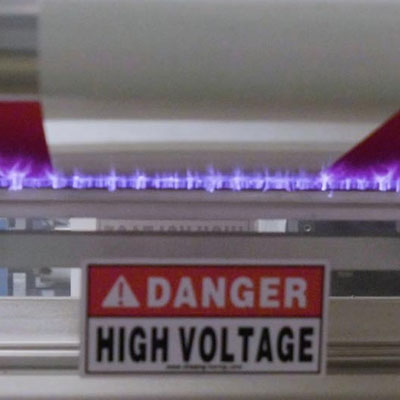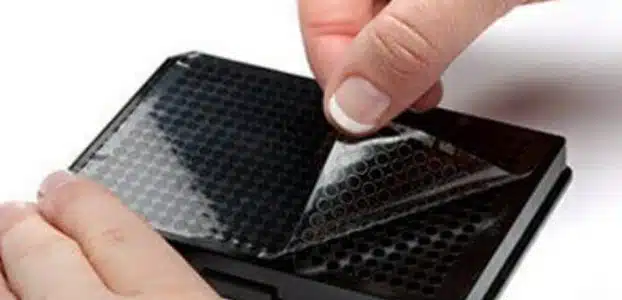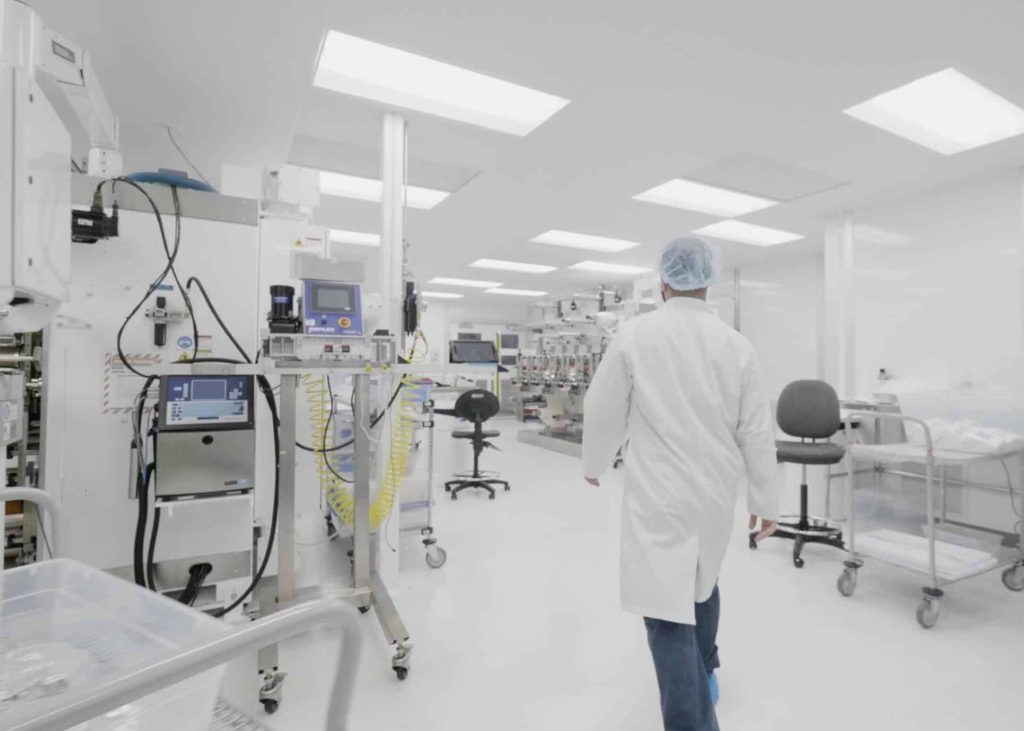Hi-Tech Products Die Cutting and Converting
Hi-Tech Products Die Cutting and Converting
Call: (714) 670-2150 ISO 13485:2016 Certified

Microfluidic Devices
Hi-Tech Products can provide the materials and converting processes necessary to manufacture your microfluidic components. Materials may include converted film, membrane, and foil components commonly found in microfluidic device assembly. Our ISO certified facilities and expertise are well suited for manufacturing: microfluidic chips, PCR chips, flow cells, cartridge consumables, lateral-flow, NGS flow cells, and wearable patches.
















A 3M / Solventum Premier Converter has certified expertise, backed by a history of 3M / Solventum quality and innovation.
Hi-Tech Products understands the industry and exceeds expectations. 3M Preferred Converters have certified expertise, backed by a history of 3M quality and innovation. Count on this shared industry knowledge and experience to enable us to provide the highest quality materials and precision die cutting manufacturing. See more.
No substitute for experience
Hi-Tech Product’s die cutting specialists deliver high quality die cutting company services. Founded in 1979 by Jim Ruch, a Mechanical Engineer, Hi-Tech Products is one of the most advanced providers of die cutting services in the USA. Hi-Tech Products is ISO 13485:2016 certified, ISO 9001:2015 certified, and operates multiple locations in the USA and Mexico, to serve our global customers’ converting, assembly, and packaging needs.
Rotary Die Cutting Services Reliablity
Since 1979, Hi-Tech has established a reputation for on-time delivery, quality & consistency. Because of our ongoing level of service, confidentiality, and integrity, the majority of our customers have been with us for over 10 years.
Adhesive Converter California – Hi-Tech Products is based in Buena Park California and performs precision die cutting in certified cleanrooms.
With over 40 years in the business of rotary die cutting services and more than 400 active customers, Hi-Tech Products has developed processes that meet the most demanding requirements & specifications.
Hi-Tech has been involved in the development of a wide range of products for virtually every application. This depth of experience & materials knowledge allows Hi-Tech to often provide critical insights to help clients avoid expensive mistakes.
Die Cut Products Manufacturing
With two facilities in the USA and Mexico, Hi-Tech Products has a wide range of capabilities and provides every type of die cutting service.
Our converting services include precision die cutting, laminating, slitting, printing, RF welding, and laser can be done in certified cleanrooms. Labor intense converting, packaging, and assembly are performed in Mexico at off-shore labor rates.
Hi-Tech Products is also a CTPAT Partner making importing from our factory in Mexico fast, efficient, and reliable.




